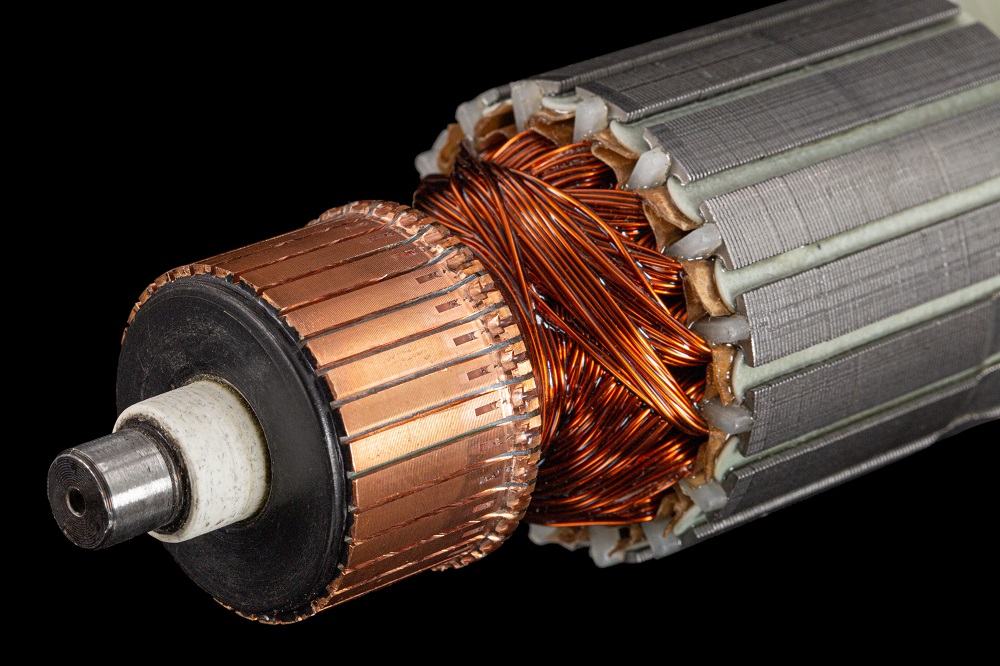Wires and cables are the backbone of electrical systems, ensuring the seamless transfer of power and data across various devices and structures. Understanding the color codes for these wires and cables is essential for anyone working with electrical installations, as it ensures safety, efficiency, and adherence to regulatory standards. In this comprehensive guide, we will decode the color codes and wiring standards for wires and cables, providing you with the knowledge to tackle your next electrical project confidently.
Why Color Coding is Important for Wires and Cables
Color coding in wires and cables systems is more than just an organizational tool; it is a critical safety feature. Correctly identifying wires prevents dangerous mistakes such as incorrect connections, which can lead to electrical shorts, fires, or other hazards. Standardizing wire colors also simplifies maintenance and troubleshooting, allowing electricians to quickly and accurately identify the purpose of each wire.
The Basics of Wire Color Codes
Understanding the basics of wire color codes is the first step in mastering wiring standards. Here’s a breakdown of common wire colors and their typical uses:
Black Wires
Black wires are primarily used as hot wires, meaning they carry live electrical loads. They are typically found in switches and outlets. Handling black wires with care is crucial, as they are often connected to high voltage.
White Wires
White wires usually indicate neutral connections. These wires carry the current back to the power source, completing the electrical circuit. While they are generally safe to handle, it’s essential to remember that they can still carry voltage under certain conditions.
Green and Bare Copper Wires
Green wires and bare copper wires are designated for grounding. Ground wires provide a safe path for electricity to follow in case of a short circuit, reducing the risk of electric shock. Proper grounding is vital for the safety of any electrical system.
Red and Blue Wires
Red and blue wires are often used as secondary hot wires in 220-volt installations. They are also common in three-way switch configurations, where they help control the flow of electricity between switches.
International Wiring Standards for Wires and Cables
Wiring standards can vary significantly from one country to another, but several international codes provide a framework for safe electrical practices. Here are some of the most recognized standards:
National Electrical Code (NEC) – United States
The NEC provides guidelines for electrical wiring and installation in the United States. It specifies color codes, safety measures, and installation practices to ensure safe electrical systems.
International Electrotechnical Commission (IEC) – Europe
The IEC sets international standards for electrical wiring, including color codes used in Europe and many other parts of the world. For instance, in IEC standards, brown is used for live wires, blue for neutral, and green/yellow for grounding.
British Standard (BS) 7671 – United Kingdom
The UK follows BS 7671, also known as the IET Wiring Regulations. These regulations align closely with IEC standards but include specific guidelines suited to the UK’s electrical infrastructure.

Adapting to Wiring Standards for Safety and Compliance
Adapting to recognized wiring standards is essential not only for compliance but also for ensuring the safety of electrical installations. Here’s how you can align your practices with these standards:
Always Refer to Local Codes
Before starting any electrical project, refer to your local electrical codes and regulations. These codes will provide the most accurate guidance tailored to your region’s requirements.
Use Appropriate Tools and Materials
Using tools and materials that meet recognized standards is crucial. Ensure that all wires and cables are labeled according to the correct color codes and that they are of high quality to withstand electrical loads.
Professional Training and Certification
Consider professional training and certification if you are serious about electrical work. Certified electricians are trained to adhere to national and international wiring standards, ensuring the highest level of safety and efficiency.
Common Mistakes in Wiring and How to Avoid Them
Mistakes in wiring can lead to significant hazards. Here are some common mistakes and tips on how to avoid them:
Mixing Wire Colors
Never mix wire colors as this can lead to confusion and dangerous miswiring. Stick to the standardized color codes for each wire’s function.
Overloading Circuits
Avoid overloading circuits by ensuring that the wire gauge is appropriate for the electrical load. Overloading can cause overheating and fires.
Improper Grounding
Always ensure that grounding is done correctly. Improper grounding can render safety devices like circuit breakers ineffective.

Future Trends in Wiring Standards
As technology advances, wiring standards evolve to accommodate new devices and systems. Keeping abreast of these trends ensures that your electrical installations remain safe and efficient.
Smart Home Wiring
The rise of smart home technology requires updated wiring standards to integrate seamlessly with modern devices and systems.
Sustainable Wiring Practices
Eco-friendly wiring practices, such as using energy-efficient cables and materials, are becoming more prevalent. These practices not only reduce environmental impact but also enhance the efficiency of electrical systems.
About Pure CU: Wires and Cables
At Pure CU, we take pride in being a leading provider of fire and heat-resistant wires and cables, ensuring quality, reliability, and innovation since 1984. Based in Karachi, we are dedicated to delivering superior electrical solutions crafted with advanced manufacturing techniques and backed by four decades of expertise. Trust Pure CU to power your needs with products designed for excellence and safety.
Conclusion
Understanding the color codes and wiring standards for wires and cables is fundamental for anyone involved in electrical work. By adhering to these standards, you can ensure safety, compliance, and efficiency in your projects. Whether you are a professional electrician or a DIY enthusiast, this knowledge is invaluable for successful electrical installations.

